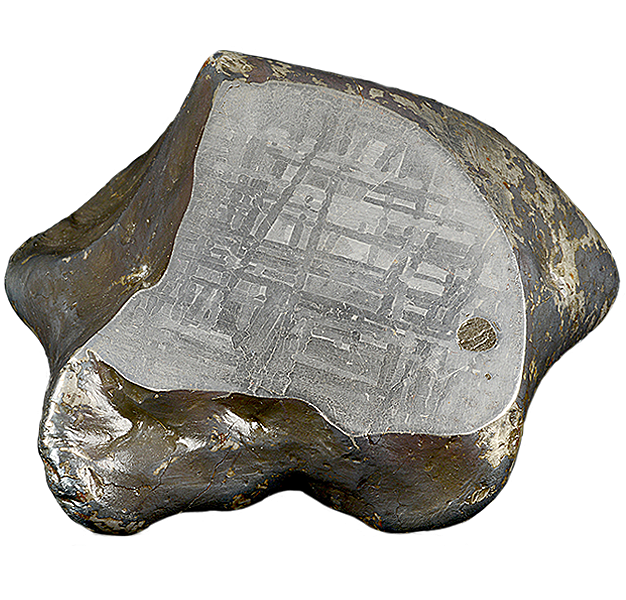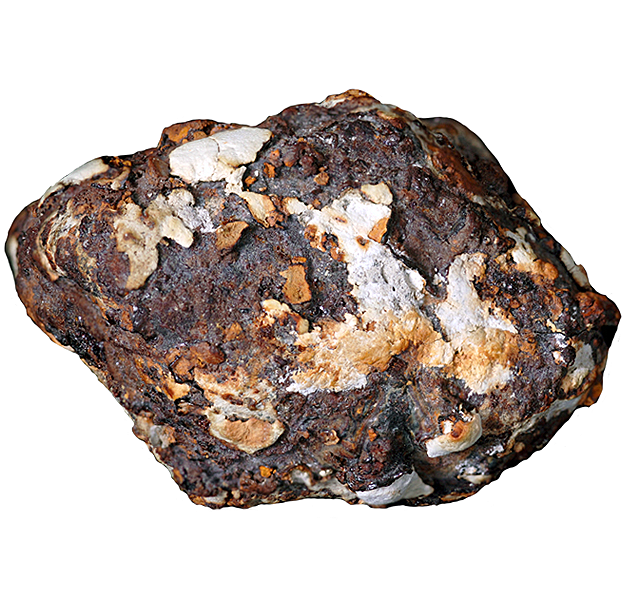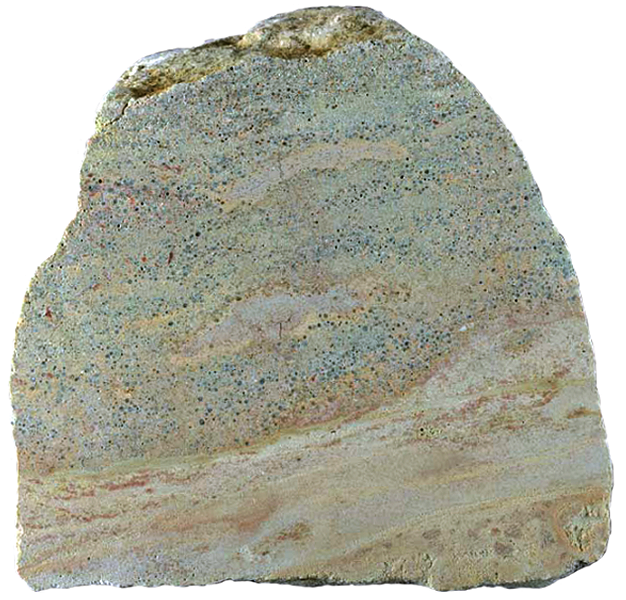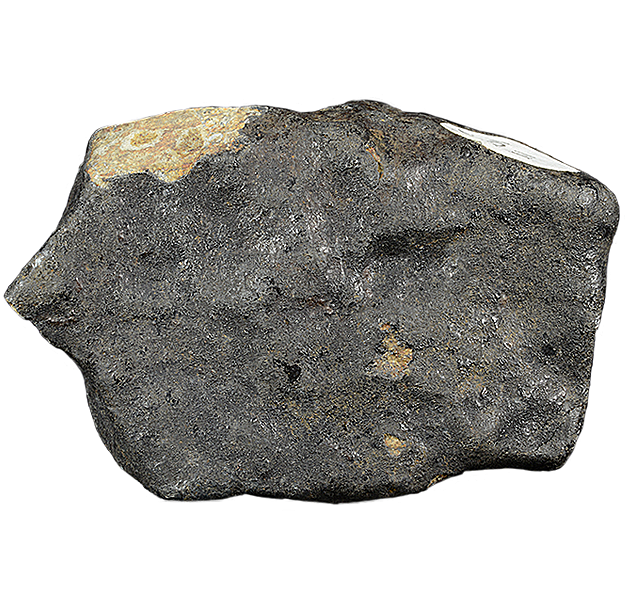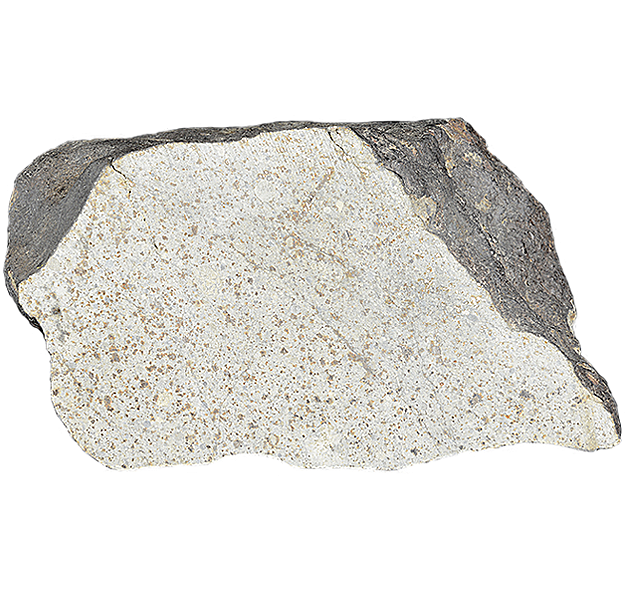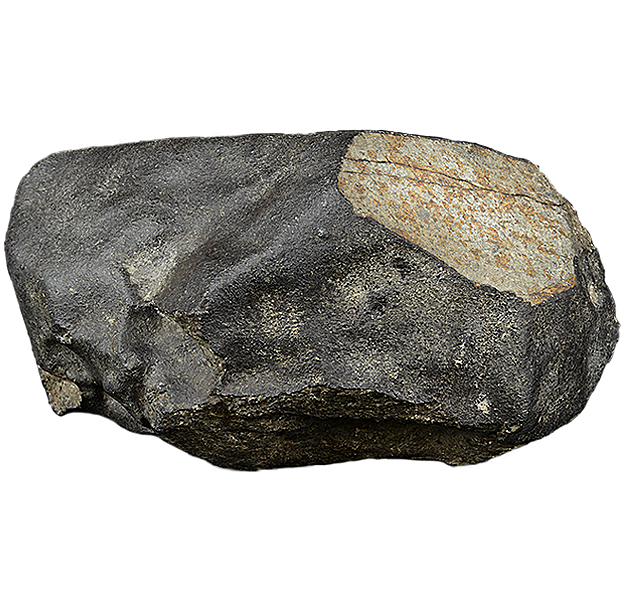
Fact sheet
The Launton meteorite fell on February 15th 1830 after observers witnessed a fireball accompanied by a triple detonation. A single 1.06 kg stone was later found.
Launton is near Bicester, Oxfordshire, England.
The Launton meteorite is classified as an L6 (veined) ordinary chondrite meaning it has a low iron content (5-10%) and indistinct chondrules (round features) that have in many places have been metamorphosed under conditions to homogenise the pre-existing minerals (olivine and pyroxene mainly). Look in PPL to see a few remaining chondrules (such as rotation 1) and some relatively large blocky olivine pyroxene crystals (rotation 2). Note the melt vein along the right-hand edge of the section and the rusty brown alteration patches surrounding metallic iron. We do not feature a polished thin section so there is no reflected light view.
See also:
http://www.bimsociety.org/bim1.shtml
http://www.lpi.usra.edu/meteor/metbull.php?code=12740
Specimen: BM77528
Thin section:
This Collection consists of meteorites that have fallen in Great Britain and Ireland and which are now preserved in museum collections. We have also included samples of the two known meteorite impact deposits in the UK.
The Natural History Museum in London offers more information about meteorites and meteorite categories; there is more information about its meteorite collections here.

